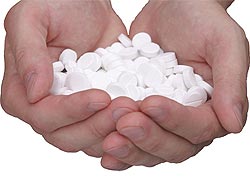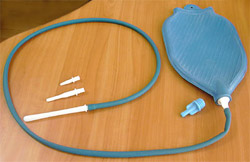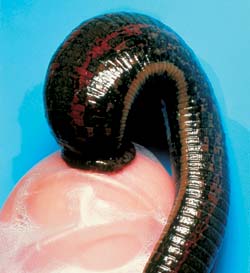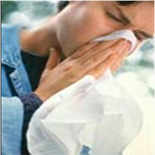Curse of antibiotics
 The more drugs used by humanity, the more vulnerable it becomes. Now, most types of serious infections are not treatable with the most common types of antibiotics. This annually causes hundreds of deaths and financial losses estimated at tens of billions of dollars.
The more drugs used by humanity, the more vulnerable it becomes. Now, most types of serious infections are not treatable with the most common types of antibiotics. This annually causes hundreds of deaths and financial losses estimated at tens of billions of dollars.
Since 1928, when Scottish scientist Alexander Fleming discovered the first penicillin, the use of antibiotics has grown like a snowball. If in 1954 about 908 thousand kg were produced in the USA. antibiotics, in 2000 – almost 23 million kg. Every year, American doctors prescribe more than 100 million courses of antibiotic treatment, of which about half are not needed or are the result of a misdiagnosis.
The data of the International Health Organization \ World Health Organization show that the number of pathogens that become resistant to the available drugs is increasing in the world. Particularly disturbing is the fact that more and more pathogens are becoming resistant to several types of antibiotics at once. Antimicrobial resistance is a natural biological phenomenon. However, now it threatens humanity.
According to the Centers for Infectious Disease Control \ Center for Disease Control, the list of causative agents of dangerous diseases whose resistance is developing very rapidly includes causative agents of pneumonia, meningitis, infections of the skin, lungs, blood vessels, gonorrhea, malaria, tuberculosis, AIDS. For example, streptococcal infections annually cause 3 thousand cases of meningitis, 150 thousand cases of pneumonia ending in hospitalization, and more than 7 million other diseases. Nowadays, physicians note that in about a third of cases, these pathogens are resistant to existing antibiotics – even in the 1970s, this phenomenon was not observed.
Almost half of the antibiotics used in the United States are used in agriculture. They are even added to the feed. Some of these drugs are used to treat infections in animals, but about 90% are used prophylactically to prevent disease and as an activator of growth in the feeding of poultry, pigs and cattle. It has been proven that such widespread use of antibiotics in cattle breeding and agriculture is definitely associated with drug resistance that occurs in humans. In addition, according to the American Medical Association \ American Medical Association, “agricultural” antibiotics have become a factor in soil and water pollution.
The US population is increasingly consuming products containing causative agents of dangerous antibiotic-resistant diseases. For example, in October 2001, the New England Medical Journal of Medicine checked meat sold in supermarkets in the US capital Washington. The results of the study showed that 20% of meat products were infected with Salmonella. Of these, 84% were resistant to at least one type of antibiotics, 53% to three or more types, and 27% to more than six types of antibiotics. Salmonellosis in the United States annually suffers from 1.4 million people, about 600 of them die.
Children are most vulnerable, since it is they who prescribe the most antibiotics. In 40% of cases, the pediatrician prescribes antibiotics to his patients. For example, it is these drugs that treat 60% of cases of rhinitis, which occurs in children five to eight times a year. The Centers for Infectious Disease Control notes that more and more children are born who have antibiotic resistance, which is transmitted to them from their parents.
This phenomenon has a negative effect on the economy. According to the Special Resistance Problem \ Interagency Task Force on Antimicrobial Resistance, the cost of treating infections acquired in the hospital is more than $ 1.3 billion annually, because using the most common and cheap antibiotics no longer gives the desired results. In general, the National Academy of Sciences estimates that the annual cost of treating resistant infections is about $ 30 billion. Direct damage, in particular, due to the absenteeism of sick US residents, amounts to more than $ 4 billion annually.





